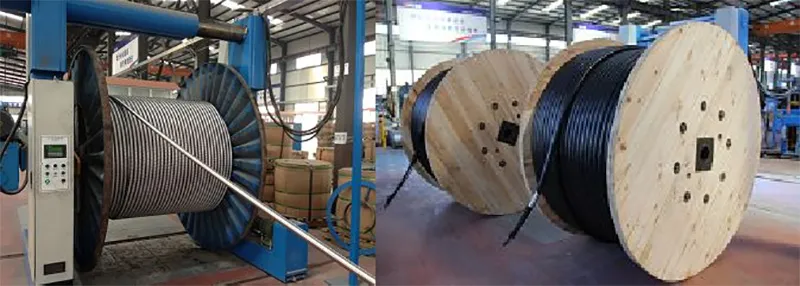10 月 . 07, 2024 02:18 Back to list
air release valve
Understanding Air Release Valves A Key Component in Fluid Management
Air release valves are essential components in various fluid management systems, primarily used in water distribution, wastewater treatment, and industrial applications. These valves play a crucial role in maintaining system efficiency and preventing issues caused by trapped air in pipelines.
What is an Air Release Valve?
An air release valve is a type of valve designed to automatically release accumulated air or gas from a pipeline system without letting any liquid escape. In fluid systems, air can create pressure surges, reduce flow efficiency, and lead to operational problems. By ensuring that air is vented out, these valves help maintain a smooth, continuous flow of liquid, thereby optimizing the system's performance.
How Do Air Release Valves Work?
Typically installed at high points in a pipeline where air tends to accumulate, air release valves function through a simple mechanism. When air collects within the valve, it causes the internal float to rise. Once the float reaches a certain level, it lifts a sealing mechanism, allowing the trapped air to escape. As the air is released, the float drops back down, sealing the valve to prevent any liquid loss.
This automated cycle happens continually as the system operates. It is crucial during scenarios where the fluid flow varies or when the pipeline undergoes pressure changes.
Importance of Air Release Valves
air release valve

The significance of air release valves cannot be overstated. Here are some key reasons why they are vital in fluid systems
1. Preventing Water Hammer Trapped air can lead to water hammer, a phenomenon where sudden changes in water flow create shock waves that can potentially damage pipes and equipment. By releasing air, these valves help prevent water hammer incidents.
2. Improving System Efficiency When air is allowed to escape, the liquid can flow more freely, resulting in increased efficiency and reduced energy costs for pumping operations.
3. Minimizing Maintenance Needs A well-functioning air release valve can significantly reduce the frequency of maintenance checks and repairs in a system. By preventing issues related to air accumulation, these valves promote the longevity of pipelines and equipment.
4. Enhancing Safety In systems where hazardous materials are transported, air release valves contribute to safety by minimizing the risk of pressure buildup and potential leaks or spills.
Conclusion
In conclusion, air release valves are a critical component of effective fluid management. Their ability to prevent air accumulation not only enhances the efficiency of systems but also plays an essential role in maintenance and safety. As industries continue to innovate and improve fluid transport methods, the reliance on reliable components like air release valves will only grow. Ensuring proper installation and maintenance of these valves is key to achieving optimal performance in any fluid management system. Whether in municipal water systems, wastewater treatment facilities, or industrial processes, air release valves serve as silent protectors, ensuring that operations run smoothly and effectively.
Share
-
Understanding the Differences Between Wafer Type Butterfly Valve and Lugged Butterfly ValveNewsOct.25,2024
-
The Efficiency of Wafer Type Butterfly Valve and Lugged Butterfly ValveNewsOct.25,2024
-
The Ultimate Guide to Industrial Swing Check Valve: Performance, Installation, and MaintenanceNewsOct.25,2024
-
Superior Performance with Industrial Swing Check Valve: The Essential Valve for Any SystemNewsOct.25,2024
-
Industrial Swing Check Valve: The Ideal Solution for Flow ControlNewsOct.25,2024
-
You Need to Know About Industrial Swing Check Valve: Functionality, Scope, and PerformanceNewsOct.25,2024